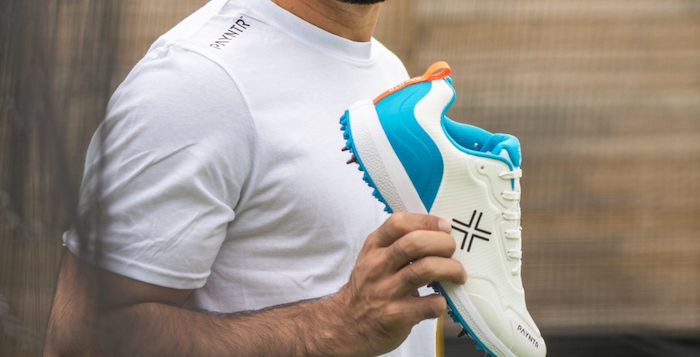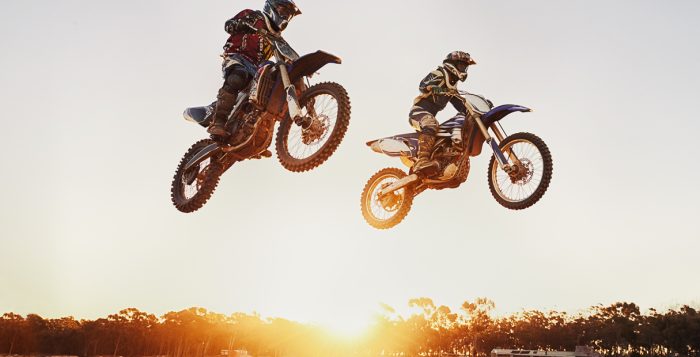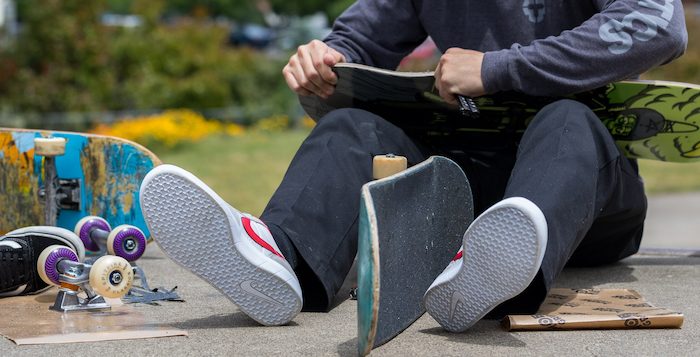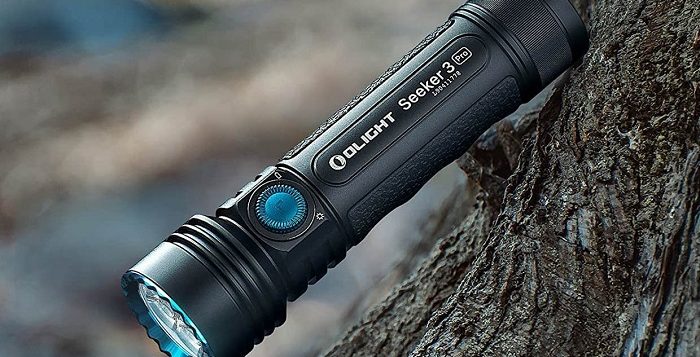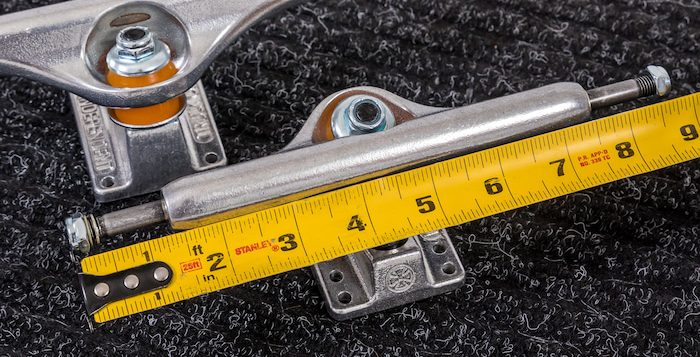Same as with any sport, to be able to make it in cricket, you require the appropriate equipment. Besides being created to help you out by offering the needed amount of protection and minimising the risk of injuries, it’s equally designed to provide you with assistance when it comes to boosting performance. This is especially true for footwear considering the importance of precise footwork in this sport.
The special cricket shoes, which can be found both with and without spikes, are meant to help out with support, stability, and balance when the player’s out on the field. Still, how much support, stability, balance, or additional properties you’re after will determine the type of shoe you end up with, as well as the construction and brand.
The lightweight New Balance bowling spikes shoes are an example of a reliable design of quality from a reputable brand that’s well-known on the market. But, these are great for the bowlers, not the batters and keepers, so there’s more to the shopping and getting the right pair than simply deciding based on looks or make.

